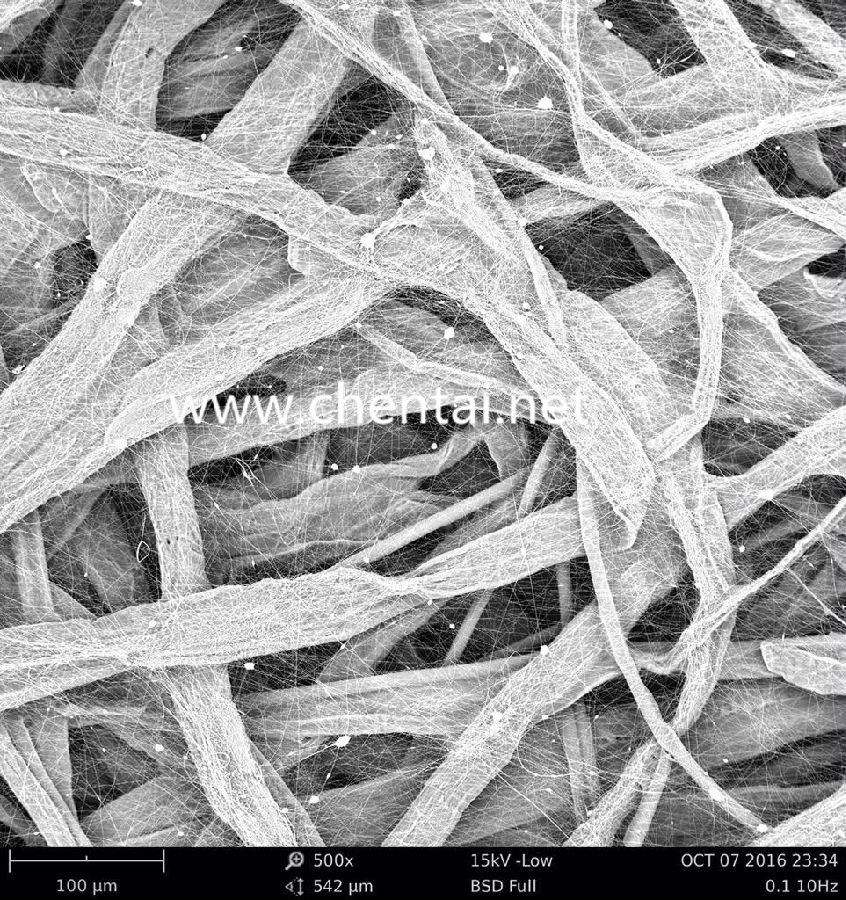Smart consumers know that a true evaluation of cost requires looking beyond the initial purchase price. In the case of dust collection air filter media, buying based on the total cost of ownership can translate into thousands of dollars in long-term savings through fewer filter replacements, reduced maintenance, and less energy use.

The three main types of standard cartridge filters are cellulose filters, cellulose blended filters with a synthetic fiber (referred to as blended cellulose), and cellulose filters with a nanofiber layer. Cellulose and blended products range in price from $50 to $75 per cartridge. Filters using a nanofiber layer are in the $100 to $110 range. Why are nanofiber filters more expensive and what makes them worth the price?
Cellulose filters with nanofiber technology use a microscopic layer of fibers 1000 times smaller than the diameter of a human hair to create surface loading of dust particles. When dust particles accumulate on the surface of the filter, they can be easily pulsed off during the cleaning process. Because dust is not embedded in the media substrate (the material beneath the nanofiber) as with depth-loading cellulose and blended-cellulose filters, nanofiber filter media stabilize at a lower pressure drop level, increasing fractional efficiency dramatically and maximizing filter life.
In contrast, some cellulose or blended-cellulose filters on the market have an outer layer of melt-blown fibers to increase the filter’s efficiency and life. The principle is the same as adding a nanofiber layer—to provide more surface loading so that the filter is easier to pulse clean. However, melt-blown fibers and nanofibers have different diameters and layer depths.